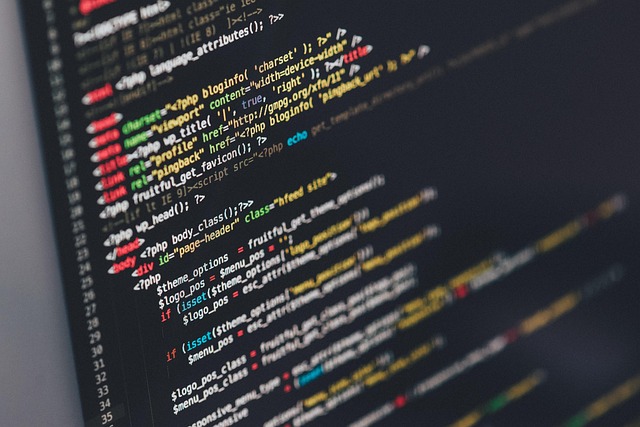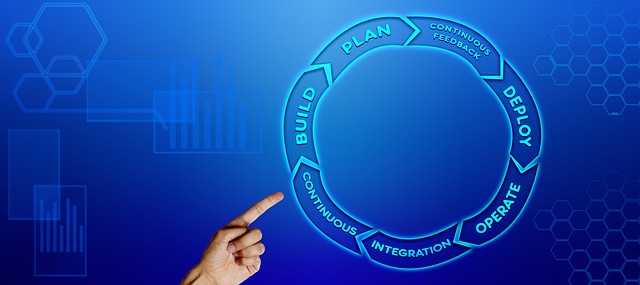
Master Data Quality with Top Data Cleansing Software in IT
In the realm of information technology, the importance of data cannot be overstated. Data acts as the lifeblood of organizations, influencing decision-making, trend analysis, and strategic growth. However, with this immense value comes a significant challenge: data quality. To truly harness the potential of data, businesses must prioritize its integrity, leading to the rise of data cleansing software. This essential tool empowers organizations across industries to ensure that their data is accurate, complete, and reliable.
The world of IT is advancing rapidly, and with this growth comes an explosion of data. Unfortunately, not all data is created equal. Often, organizations find themselves grappling with duplicate records, outdated information, and entry errors. This is where data cleansing software steps in—offering a systematic approach to improving data quality. By utilizing automated solutions, companies can save valuable time and resources while improving the precision of their data.
One of the key features of modern data cleansing software is its ability to identify and rectify inconsistencies within datasets. Whether it’s merging duplicate entries or standardizing formats, these tools work tirelessly behind the scenes, allowing IT professionals to focus on more strategic tasks. Additionally, the software often includes robust validation processes to ensure that incoming data meets predetermined standards. This proactive approach not only prevents future data quality issues but also cultivates a culture of data hygiene within the organization.
Moreover, as businesses strive to leverage data analytics for deeper insights, the integrity of the underlying data becomes even more critical. Poor quality data can lead to misguided decisions and missed opportunities. With effective data cleansing, companies can trust that their analyses are built on solid foundations, resulting in actionable insights that drive growth and innovation.
When researching the best data cleansing software, it’s essential to consider features such as user-friendliness, integration capabilities, and scalability. A software solution should be adaptable to the organization’s needs and compatible with existing IT infrastructure. Furthermore, the software should enable teams to collaborate seamlessly, sharing cleaned data across departments to maintain a unified approach to information management.
Another vital aspect of data cleansing software is its reporting functionalities. Comprehensive reporting tools provide valuable metrics on data quality, trends in data accuracy, and the overall impact of cleansing efforts. Stakeholders can gain insights into areas that require attention, making it easier to allocate resources effectively and maximize data utility.
As the IT landscape continues to evolve, organizations must remain vigilant about their data health. Investing in reliable data cleansing software is not merely an operational decision; it reflects a commitment to data-driven decision-making and excellence in informational technology. By prioritizing data quality, businesses can position themselves for sustained success, making informed choices based on accurate, actionable data.
In summary, the journey toward mastering data quality starts with embracing the right tools in the IT arsenal. With cutting-edge data cleansing software, companies can enhance their data integrity and management processes, not just for today, but for future growth in the increasingly data-centric world of technology.


